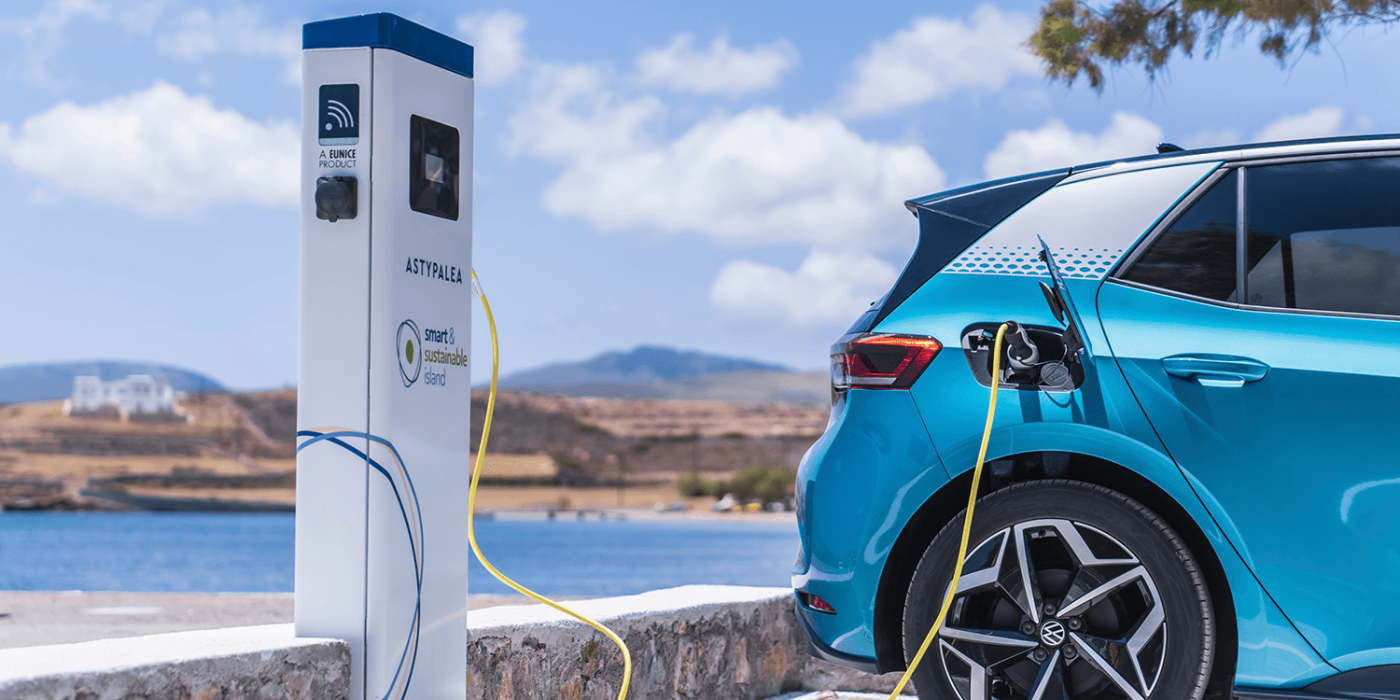ICCT study finds BEVs maintain 70% smaller CO2 footprint
A new study by the ICCT finds battery-electric cars already have a better greenhouse gas emissions record than conventionally powered vehicles – and not only in Europe, but also in China, India or the USA. By 2030, the emissions advantage will increase further.
For the study, the experts of the International Council on Clean Transportation (ICCT) considered the compact car class over its entire lifetime, so the emissions from the production of the vehicles and batteries are included. Furthermore, the disposal of the vehicle was also taken into account.
The result: for an electric compact car, greenhouse gas emissions in Europe are already 66 to 69 per cent lower than for comparable new petrol vehicles. Even the use of the expected electricity mix for 2021 to 2038 (i.e. the period in which the vehicle would be used) was included. The mileage was assumed to be 234,000 kilometres – which would be covered with only one battery. If the e-compact car were powered entirely by electricity from renewable energy sources, the battery vehicle would already achieve up to 81 per cent lower life cycle emissions than a petrol vehicle, according to the ICCT.
However, the researchers also assume that the electricity mix will steadily improve due to the EU requirements to expand renewable energies. Thus, according to the study, by 2030, the electric compact car will have an emissions advantage of about 74 to 77 per cent compared to the petrol car – instead of the 66 to 69 per cent with today’s electricity mix.
Based on the USA’s supply chains and electricity mix, the emissions advantage of the electric car is already 60 to 68 per cent today. For China, with its high share of coal-fired power, the ICCT has calculated a saving of 37 to 45 per cent, and for India, still 19 to 34 per cent. The biggest factor in all regions is the energy needed to operate the vehicles; the CO2 emissions for battery production, vehicle production and maintenance over the vehicle’s lifetime are the much smaller items.



The fact that battery-electric cars score so well is also because the ICCT says it used new data on battery production. With today’s more efficient processes and partly localised supply chains, significantly fewer greenhouse gases are emitted than was assumed a few years ago (and thus in earlier studies). Here, the ICCT refers to data from the Argonne National Laboratory, a US Department of Energy research institute.
Specifically, the ICCT calculates that a 45 kWh battery production in Europe results in 2.7 tonnes of CO2 emissions. In comparison, the 70 kWh battery of an SUV model results in about 4.2 tonnes of CO2. The calculation was based on 60 kilograms of CO2 equivalent per kWh. The same value was estimated for the USA. In China and India, 68 kg CO2/kWh was calculated in each case. However, since smaller batteries were estimated on average for the vehicles sold there, the CO2 emissions for an SUV battery are not directly comparable.
“The basic conclusions of our study are ultimately similar for all regions, despite differences in vehicle and electricity mix,” says Rachel Muncrief, Deputy Director at the ICCT. “Already today, battery vehicles have lower greenhouse gas emissions than conventional petrol and diesel vehicles. This is also true for countries with a high share of coal-fired power, such as China and India.”
For the Life Cycle Analysis (LCA), fossil combustion engines and electric cars were compared and plug-in hybrids, biofuels, SynFuels and hydrogen. For all types of drive, not the WLTP consumption figures, real measured consumption figures were used as a basis. However, due to the low share of electric driving (the ICCT published a separate survey on this in November 2020), the ICCT experts only calculated savings of 25 to 27 per cent over the life cycle for plug-in hybrids and around 20 per cent for hybrids that cannot be charged externally.
Fuel cell vehicles achieve a greenhouse gas saving of around 26 per cent as long as they are operated with the grey hydrogen that is predominant today. This is produced by reforming methane and natural gas. Since, according to the ICCT, methane contributes “many times more to global warming” in the first 20 years after emission than the 100-year greenhouse gas potential reflects, the effect of methane leakage was included.
However, if fuel cell vehicles are operated with green hydrogen produced by electrolysis from renewable energy sources, FCEV emissions are 76 per cent lower than those of petrol cars. However, the ICCT also points out that running fuel cell cars on electricity-based hydrogen is about three times more energy-intensive than using electricity directly in battery vehicles.
Focus on the production of hydrogen tanks
One point the researchers also point out about fuel cell cars is their production. The production of the battery for battery-electric cars has been considered particularly energy-intensive and is therefore associated with CO2 emissions. According to the ICCT, however, a lot of energy is also needed to produce the fuel cell, especially the hydrogen tanks made of carbon fibres. Therefore, the production of an FCEV has about the same greenhouse gas emissions as the production of a medium-sized battery.
When it comes to alternative fuels for internal combustion engines, the ICCT is sceptical: the addition of biofuels and synthetic fuels (e-fuels) could “not contribute significantly to the decarbonisation of passenger car transport” in the coming years.
“Battery vehicles powered by electricity from renewable sources and fuel cell vehicles powered by green hydrogen are the only two technology paths to be able to achieve decarbonisation of the European car fleet by 2050,” says Georg Bieker, author of the ICCT study. Against this background, the ICCT researchers recommend phasing out the registration of new passenger cars with combustion engines in the EU by 2035 at the latest.
Source: Info via email, theverge.com, theicct.org (announcement), theicct.org (study as PDF)





0 Comments